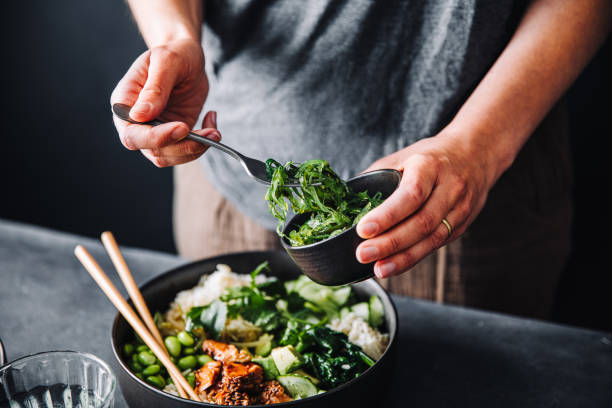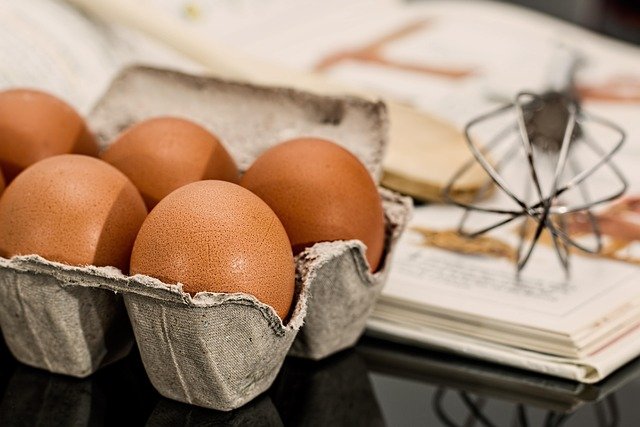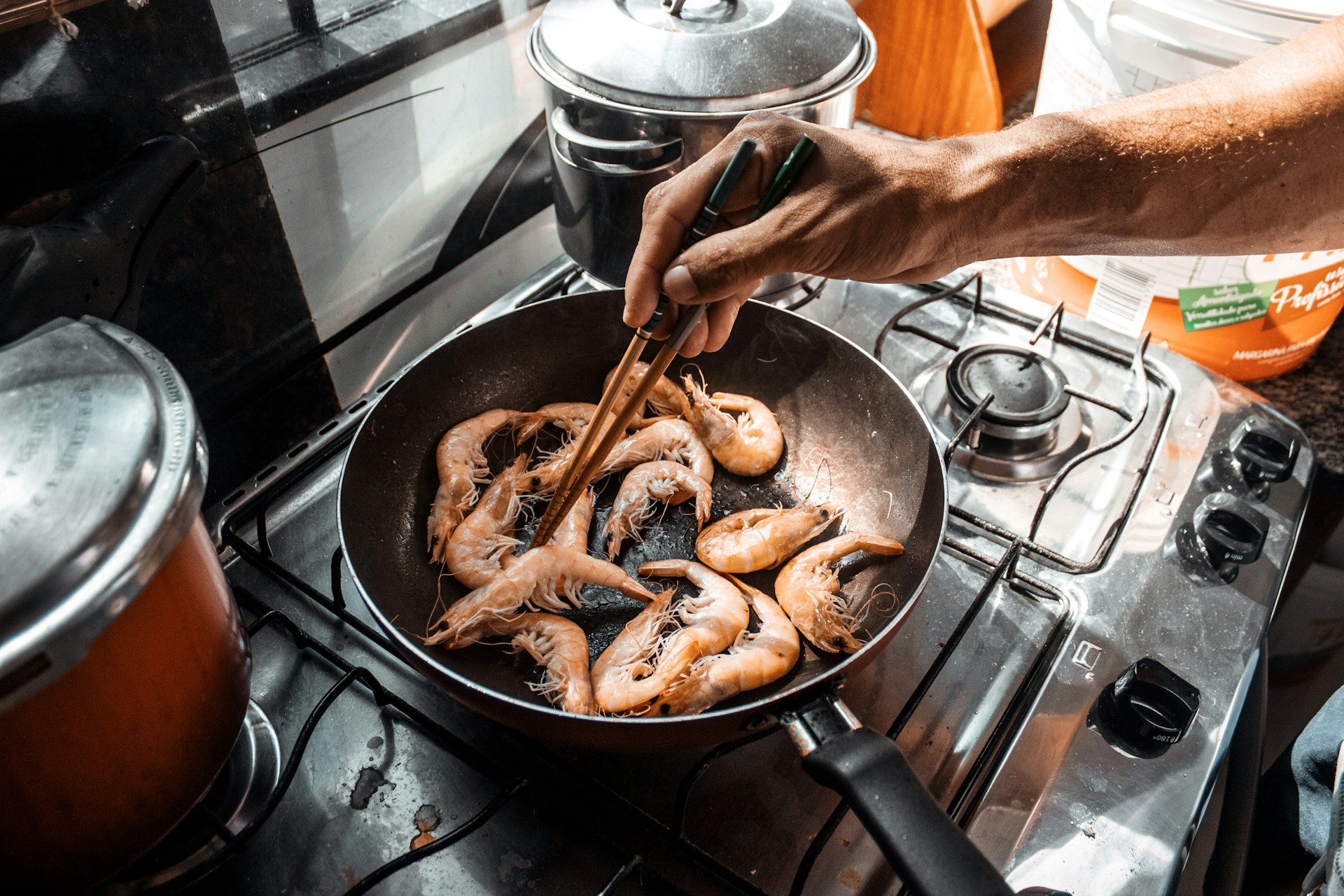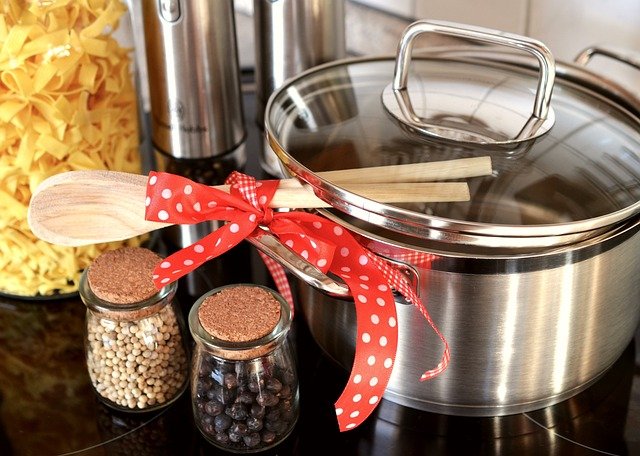How to Convert Recipe Quantities for Accurate Serving Sizes
Converting recipe quantities accurately helps match desired portions and control calories, macros, and overall nutrition. This article explains practical conversions, measurement tips, and scaling strategies so you can adjust yields for single meals or batchcooking while keeping portioning and tracking straightforward.

Converting recipe quantities is a practical skill that helps you plan portions, manage calories and macros, and reduce waste. Whether you need to scale a family recipe down for two people or increase yields for batchcooking, understanding conversions, ingredient density, and consistent measurements will make servings predictable and nutrition tracking reliable. This guide explains step-by-step approaches and common pitfalls to avoid.
This article is for informational purposes only and should not be considered medical advice. Please consult a qualified healthcare professional for personalized guidance and treatment.
How do conversions affect portions and servings?
Conversions are the foundation for changing a recipe’s servings without altering flavor or texture. Start by identifying the original yield (number of portions or total weight). Use a simple ratio: desired servings ÷ original servings = scale factor. Multiply ingredient quantities by that factor to get new measurements. Track both volume and weight where possible, because cups and spoons can vary between ingredients. Accurate conversion preserves portion sizes so each serving contains the expected amount of food and nutrition.
How to calculate calories and macros per serving?
To estimate calories and macros for a scaled recipe, calculate totals for all ingredients first. Use nutrition labels or a reliable database to find per-unit calories, protein, carbs, and fat. Sum values for the full batch, then divide by the number of servings after scaling. Record values in a tracking app or spreadsheet to keep consistent records. Remember that cooking can change weight (e.g., water loss), so weigh the finished batch to improve per-serving accuracy for calories and macros.
What measurements and density matter for accuracy?
Volume measures (cups, tablespoons) are convenient but less precise than weight (grams, ounces). Ingredient density affects conversions: 1 cup of flour does not weigh the same as 1 cup of chopped nuts. When precision matters for nutrition or baking, use a kitchen scale and convert recipe volumes to weight using standard density references or packaging data. For liquids, use milliliters; for solids, weigh before cooking if possible. Noting densities for common ingredients speeds future conversions.
How to scale recipes and manage yields for batchcooking?
Scaling recipes for batchcooking requires attention to equipment and cooking times as well as ingredient amounts. Multiply components by your scale factor, but be ready to adjust seasoning and leavening—these sometimes scale non-linearly. Check that pots, pans, and ovens can handle the larger yield. After cooking, measure the total yield by weight or volume so you can divide into consistent portions. Labeling containers with yields and serving counts helps maintain predictable portioning during mealprep and storage.
How to portion for consistent mealprep and portioning?
Consistent portioning reduces guesswork and helps tracking. Use uniform containers or portion sizes (e.g., 300 g per container or two-cup servings). Divide the measured batch into equal portions by weight rather than eyeballing. For mixed dishes, distribute components evenly: weigh or measure total protein, vegetables, and grains, then portion each to match the intended macros. Clear labeling of servings and calories per portion simplifies later tracking and reheating.
What tools support tracking, conversions, and measurements?
Practical tools streamline conversions and tracking: a digital kitchen scale, measuring cups and spoons, conversion charts, and a spreadsheet or nutrition tracker app. Many apps let you log ingredient-level data and automatically recalculate calories and macros when you scale a recipe. A small reference table for common densities (e.g., flour, sugar, cooked rice) can speed manual conversions. Combining weight-based measurements with tracking tools improves accuracy across different recipes.
Accurate conversion of recipe quantities improves portion control, nutrition tracking, and mealprep efficiency. By using scale factors, prioritizing weight-based measurements, accounting for density, and verifying yields after cooking, you can reliably determine calories and macros per serving. Consistent portioning and simple tools make it easier to reproduce results and adapt recipes to changing needs without sacrificing accuracy.




